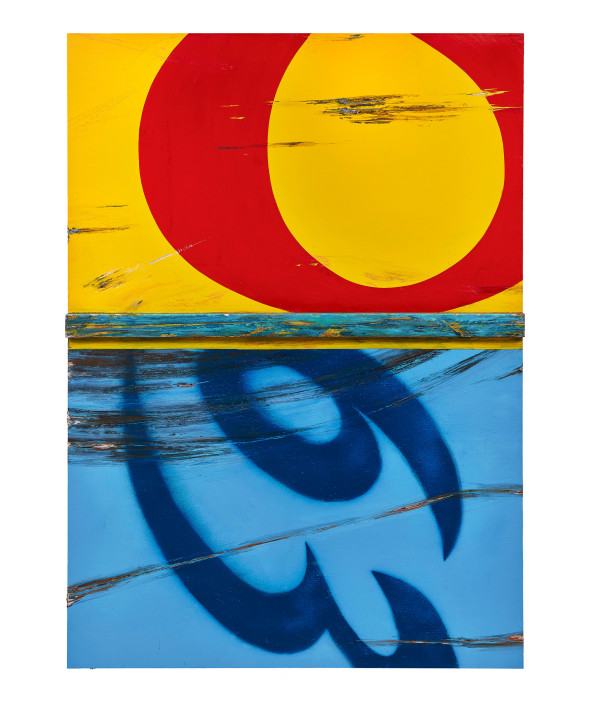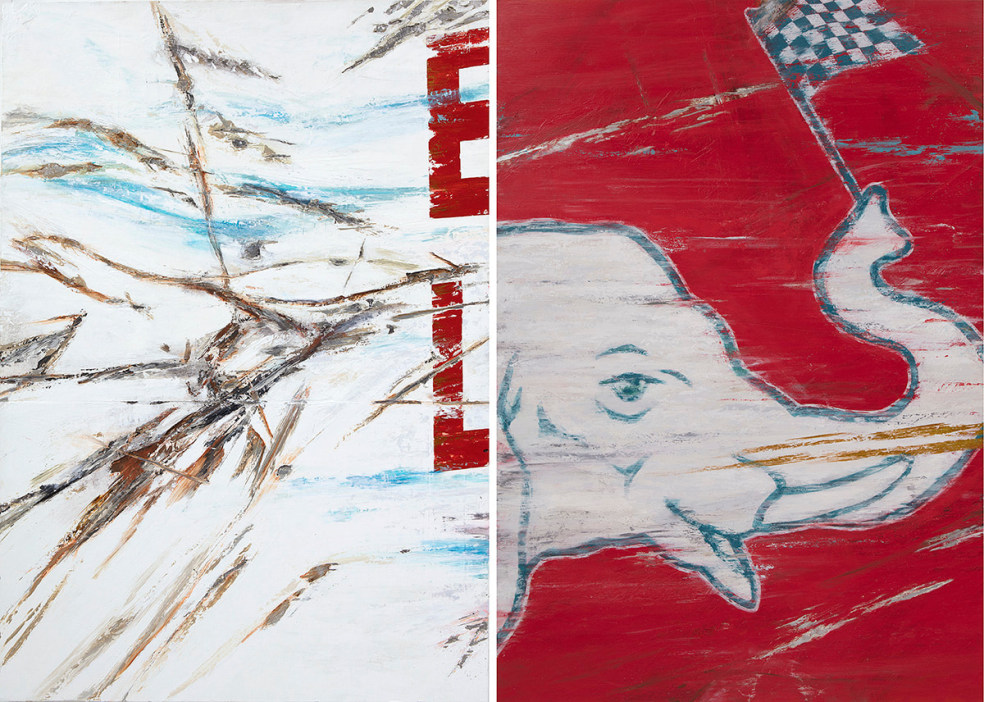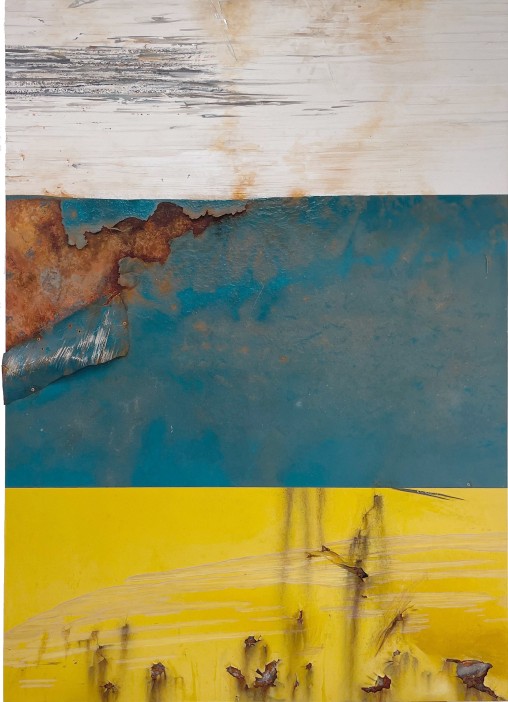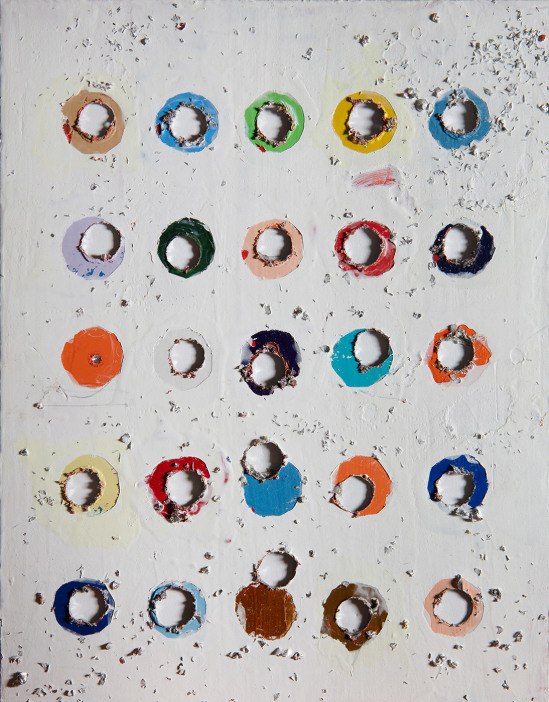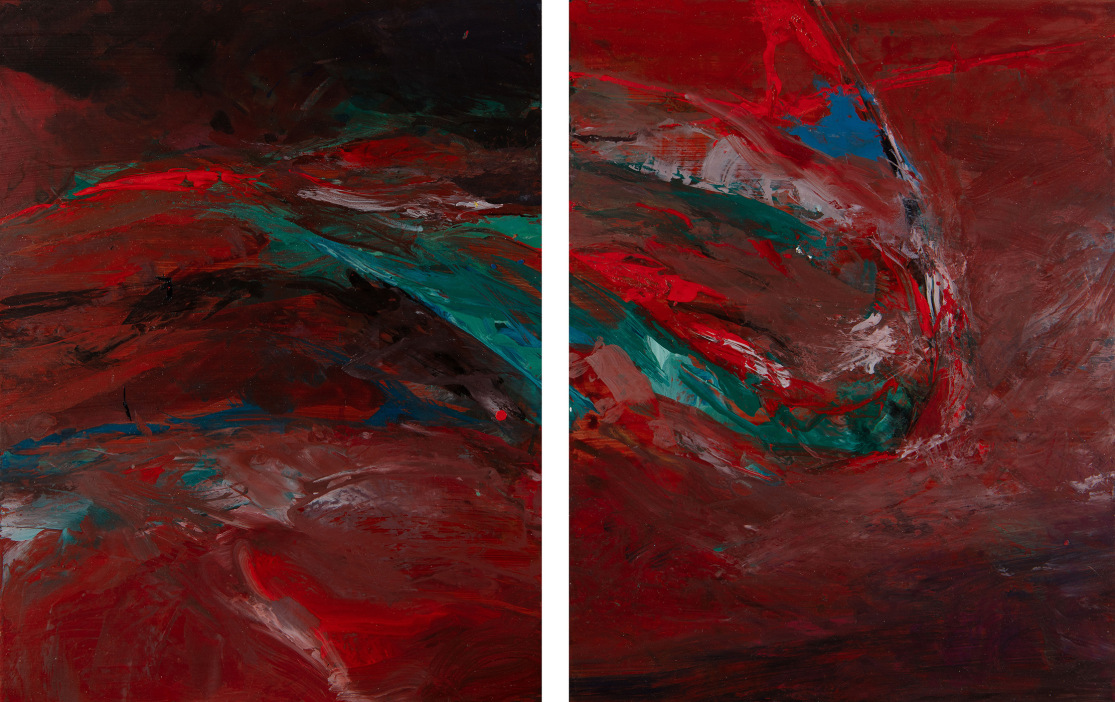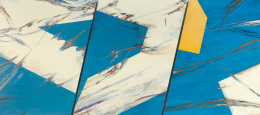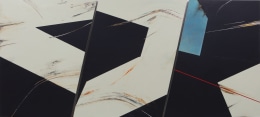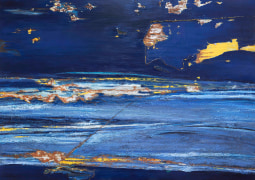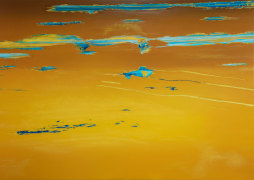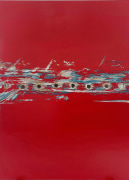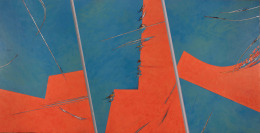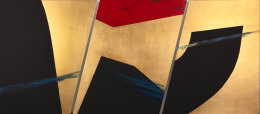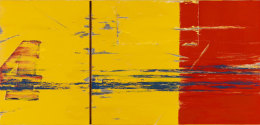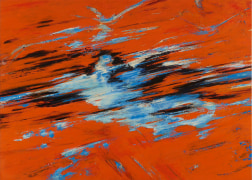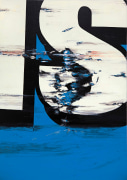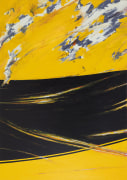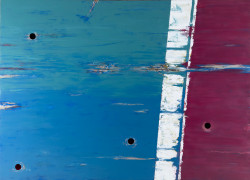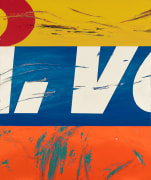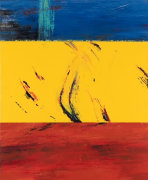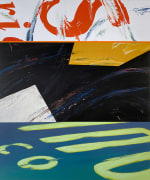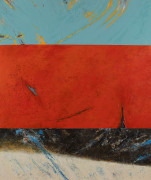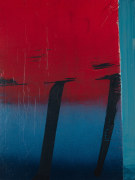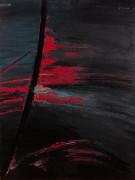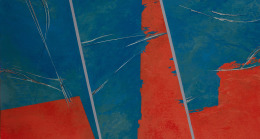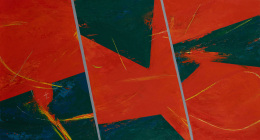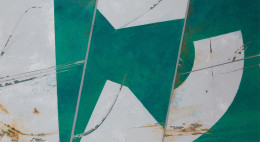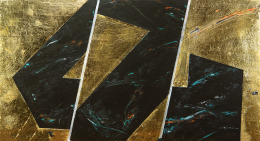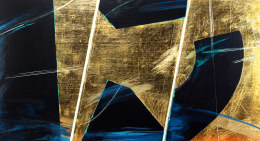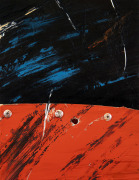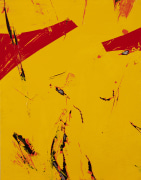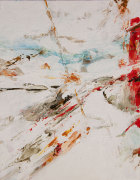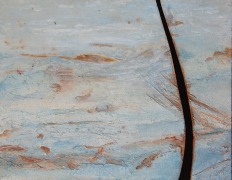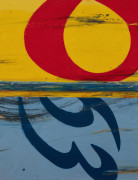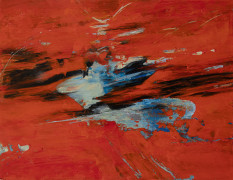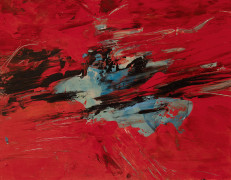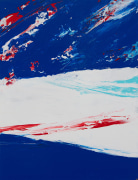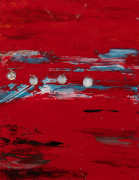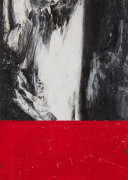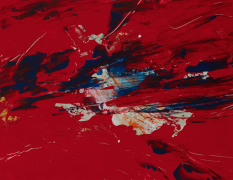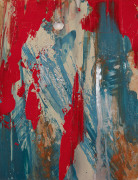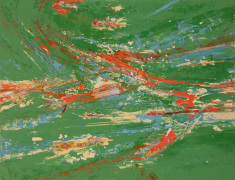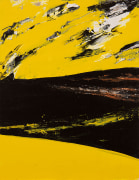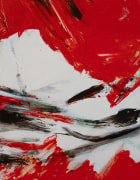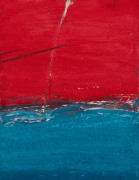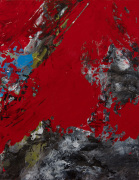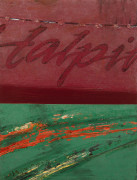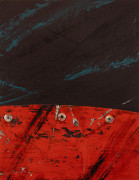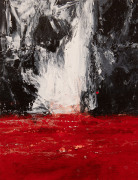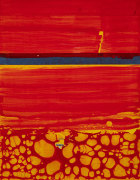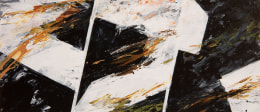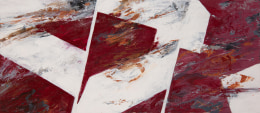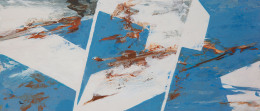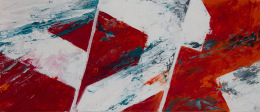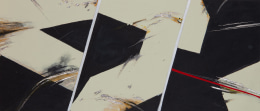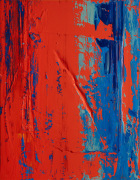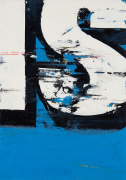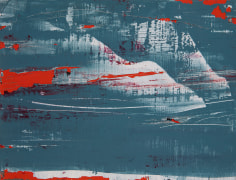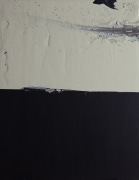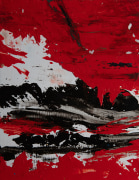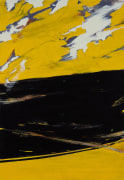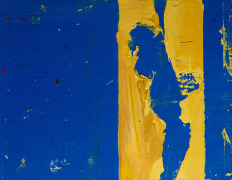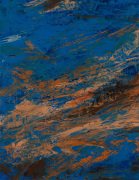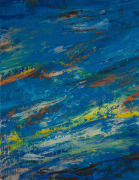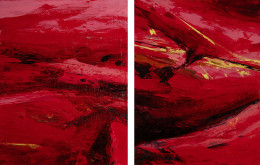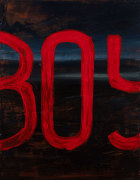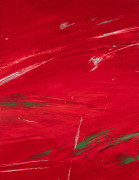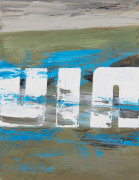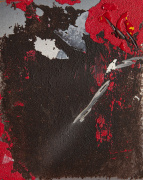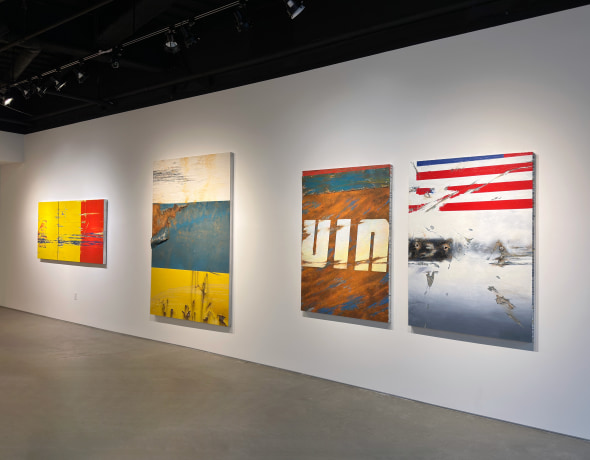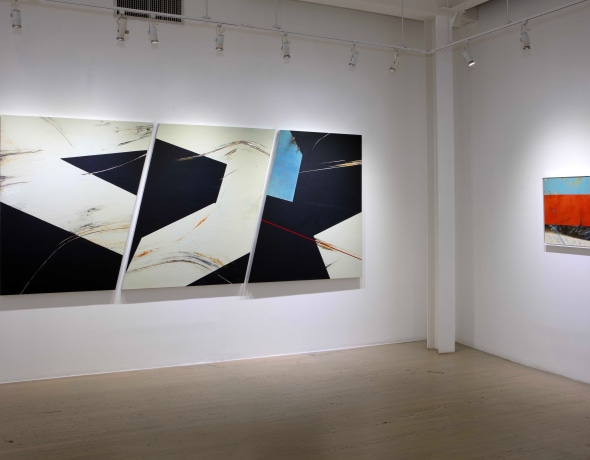
For over 70 years the Long Island raceways were a vital part of its small-town, blue-collar culture. I grew up minutes from Freeport Stadium where Saturdays heralded madcap rallies, somewhere between NASCAR and Mad Max, whose wild theater - jostling neon, the stench of gas and burnt rubber, the cacophony of screeching tires and crashing metal - make some of my earliest memories. Freeport was eventually shuttered in 1983 to make way for a strip mall, a fate confronting so much of the area, and in 2007 I returned to the last remaining course track at Riverhead with its “Blunderbust” races. What began as an attempt to document a dying tradition was soon buttressed by other concerns. Beyond the viscerally affective experience of the race that had enraptured me in my youth, my intervening years as an artist illuminated other aesthetic aspects: the cars themselves, for instance, had become works of art, their streaked and scored bodies evoking canvases to me, their palimpsests of inscriptions and icons also recalling a kind of folk art, just as these salvaged, piecemeal chassis a form of sculpture. In a broader social context, Riverhead became for me a paradigm of a fading Americana, one not of lament however, but defiant celebration. I ended up embedding at the track for ten years, over which I developed Blunderbust as a multimedia corpus: photographs, sculptures, installations, a feature documentary, and now paintings.
My paintings are loosely based on photographs I took at the Racetrack of scratches, scars and archeological layers of paint on the surface of the cars. My primary objective was not to represent but to evoke the feeling of the track with gut intensity. This impelled my transition from photography to painting, from what is gazed at to what is immersively experienced: a sensuality at the intersection of the seen and felt, conveyed through a textural vernacular of dents and gashes, colliding surfaces buckling, taut or torn. This envelopment in the event extends to the materials (large aluminum canvases, car paints, metal detritus, rubber filings), as do my methods, using not just a brush but aerosols, power tools, scrap metal and car bumpers to cumulatively apply and remove the work’s sedimented layers. Similarly I deployed gestures inspired by the chance violence of the race, seeking to recreate it through a spirit of improvisation, but with each brushstroke being meticulously planned and executed to this end. This process can take months so that what results is not merely the exceptionally precise encapsulation of a feeling - the manifold and contradictory energies of the race in delicate co-existence - but a composition at the nexus of intent and spontaneity, representation and abstraction, and construction and destruction, itself perhaps a metaphor for the process of culture itself. In this way, my formal strategy becomes an allegory for my wider concerns, each painting a meditation upon a dwindling way of life I have known for the entirety of my own.
